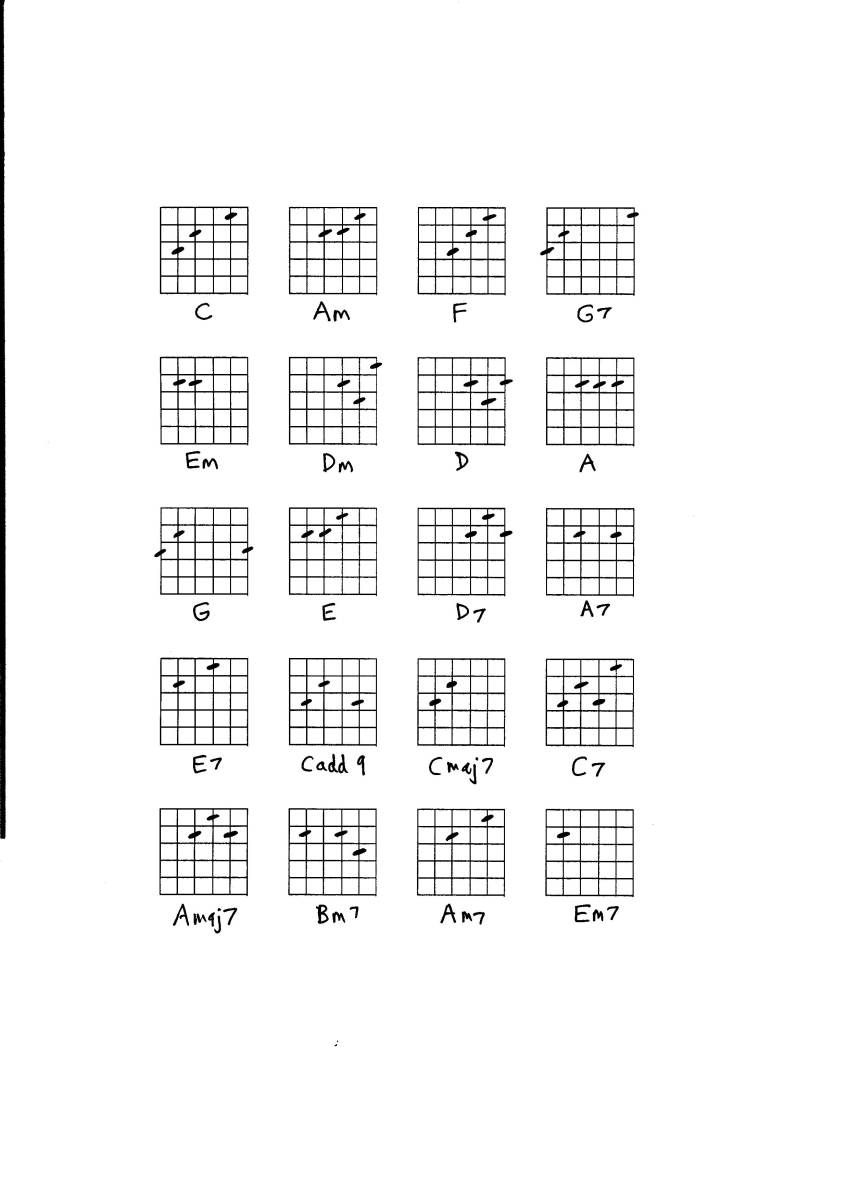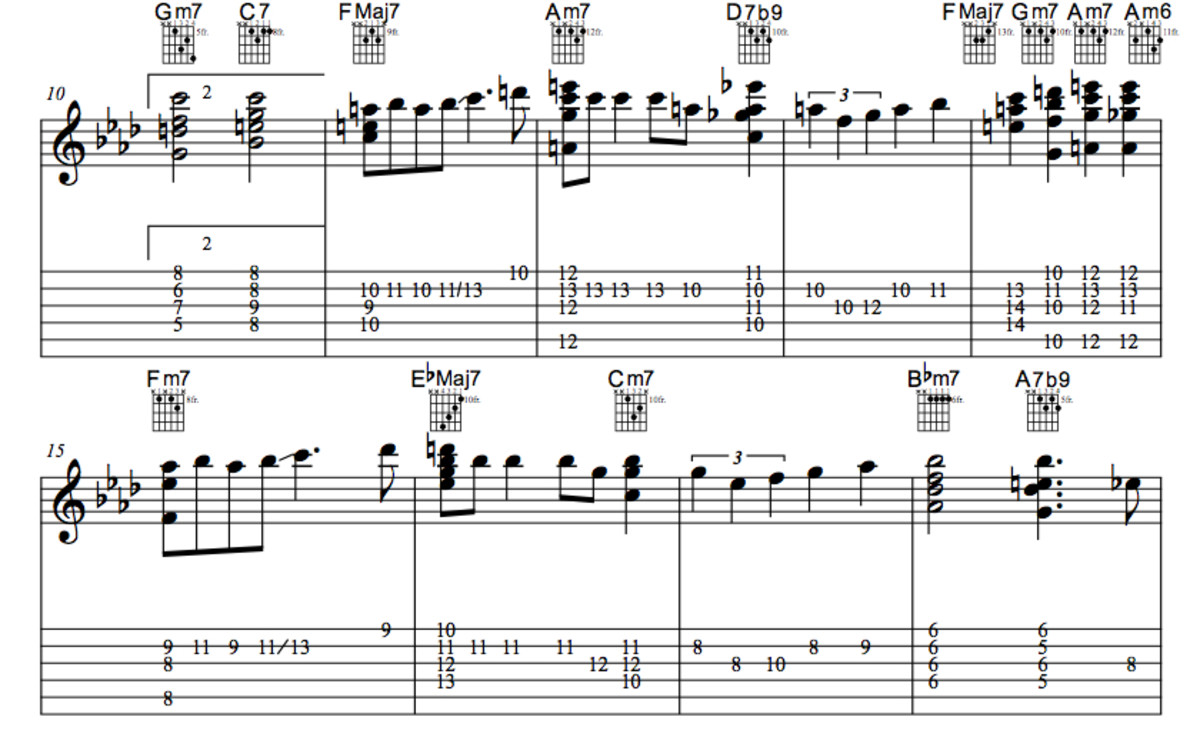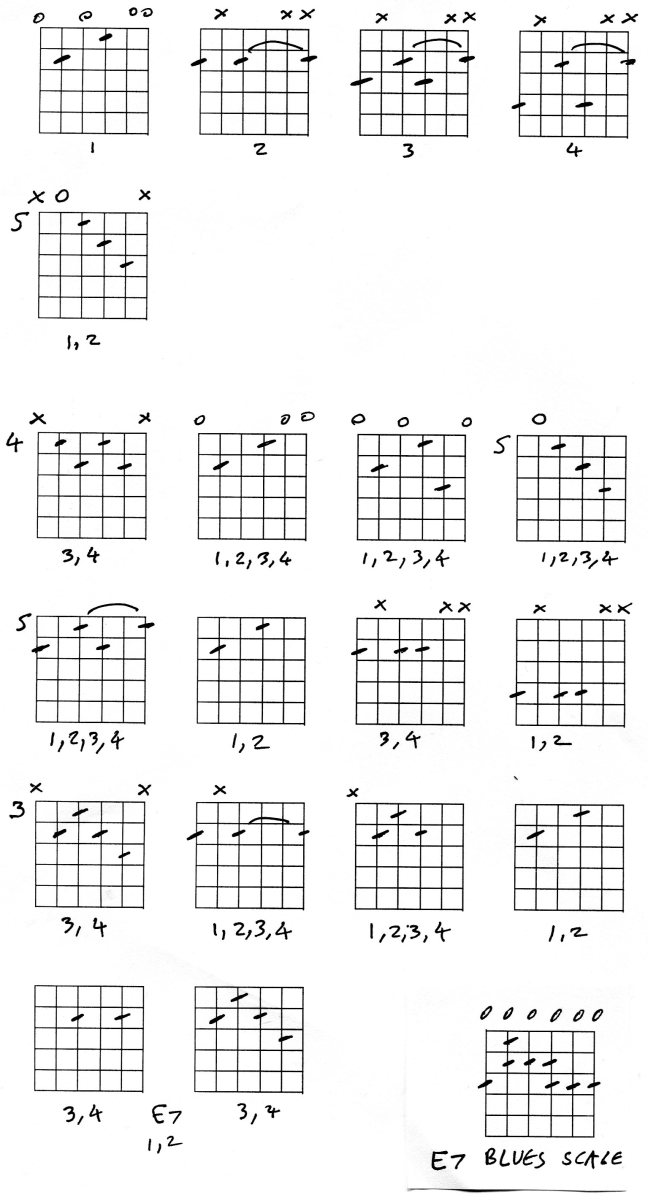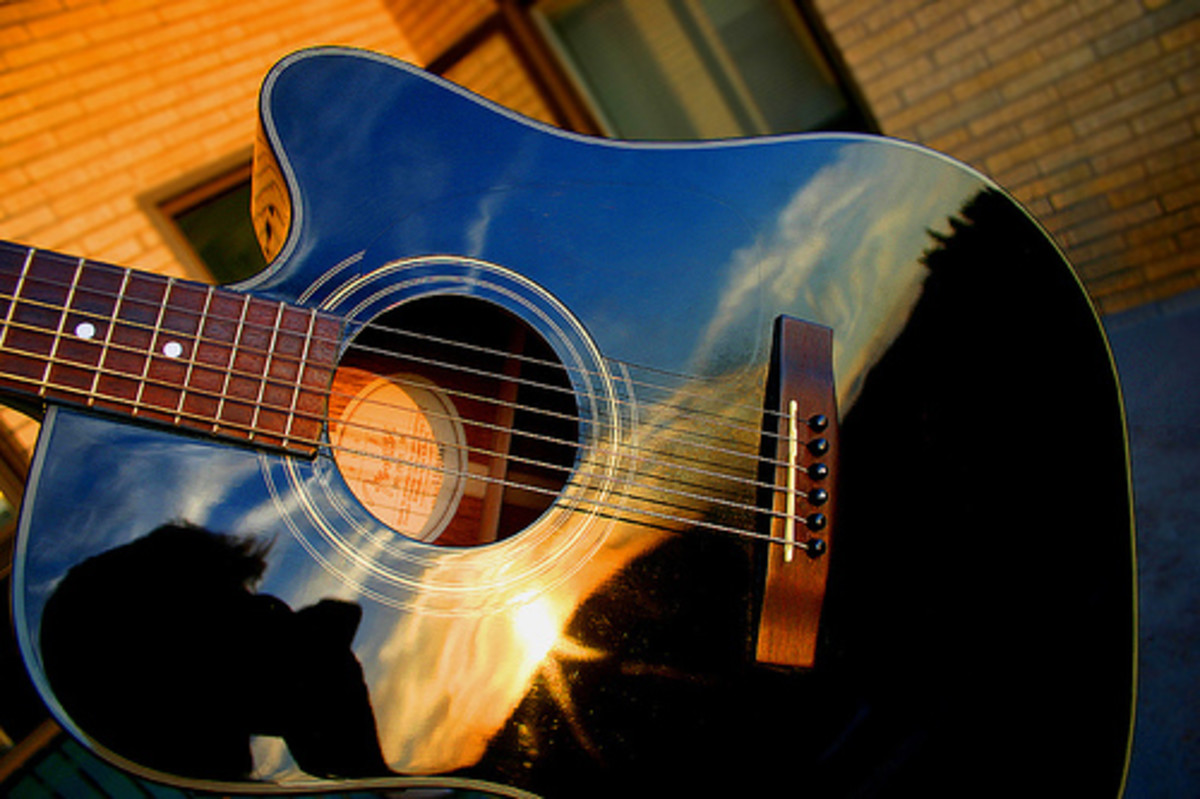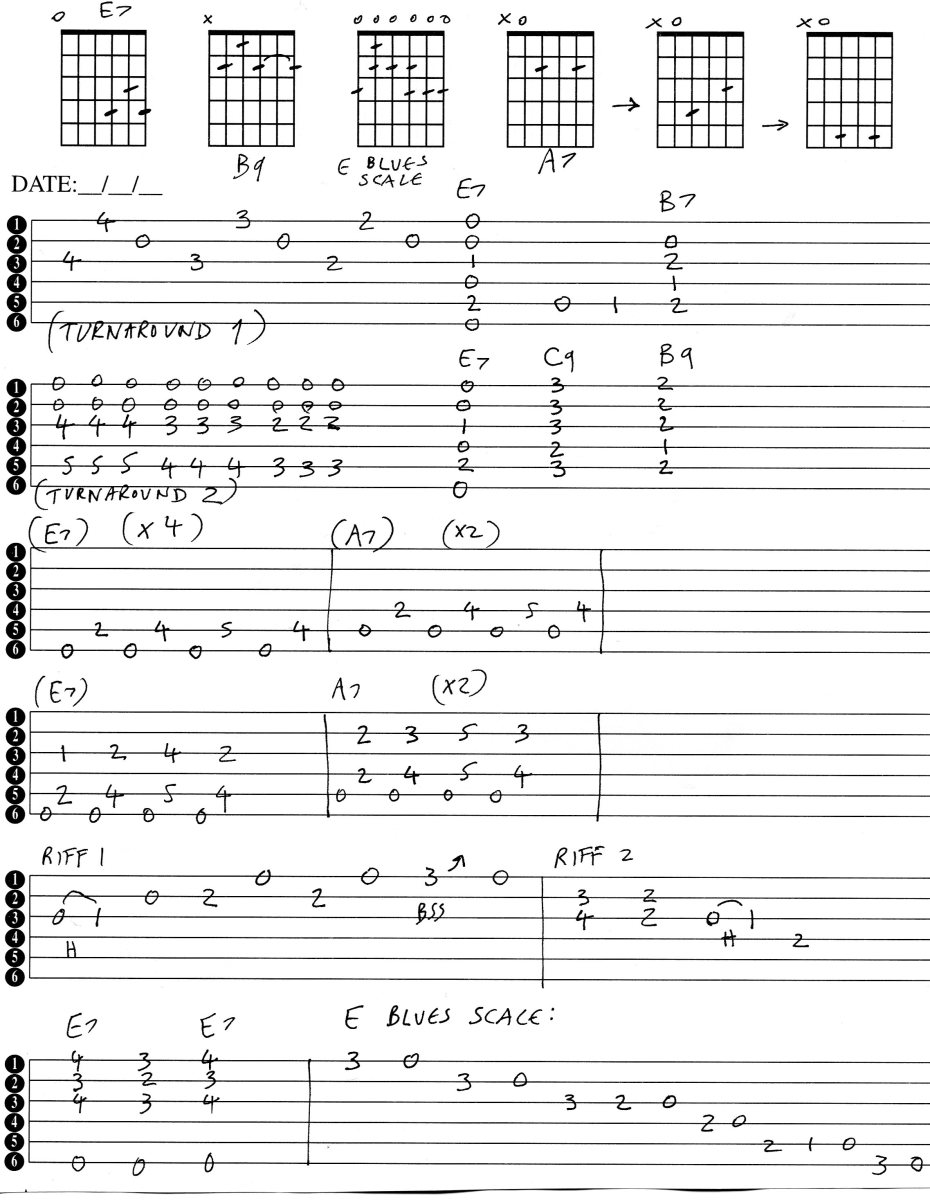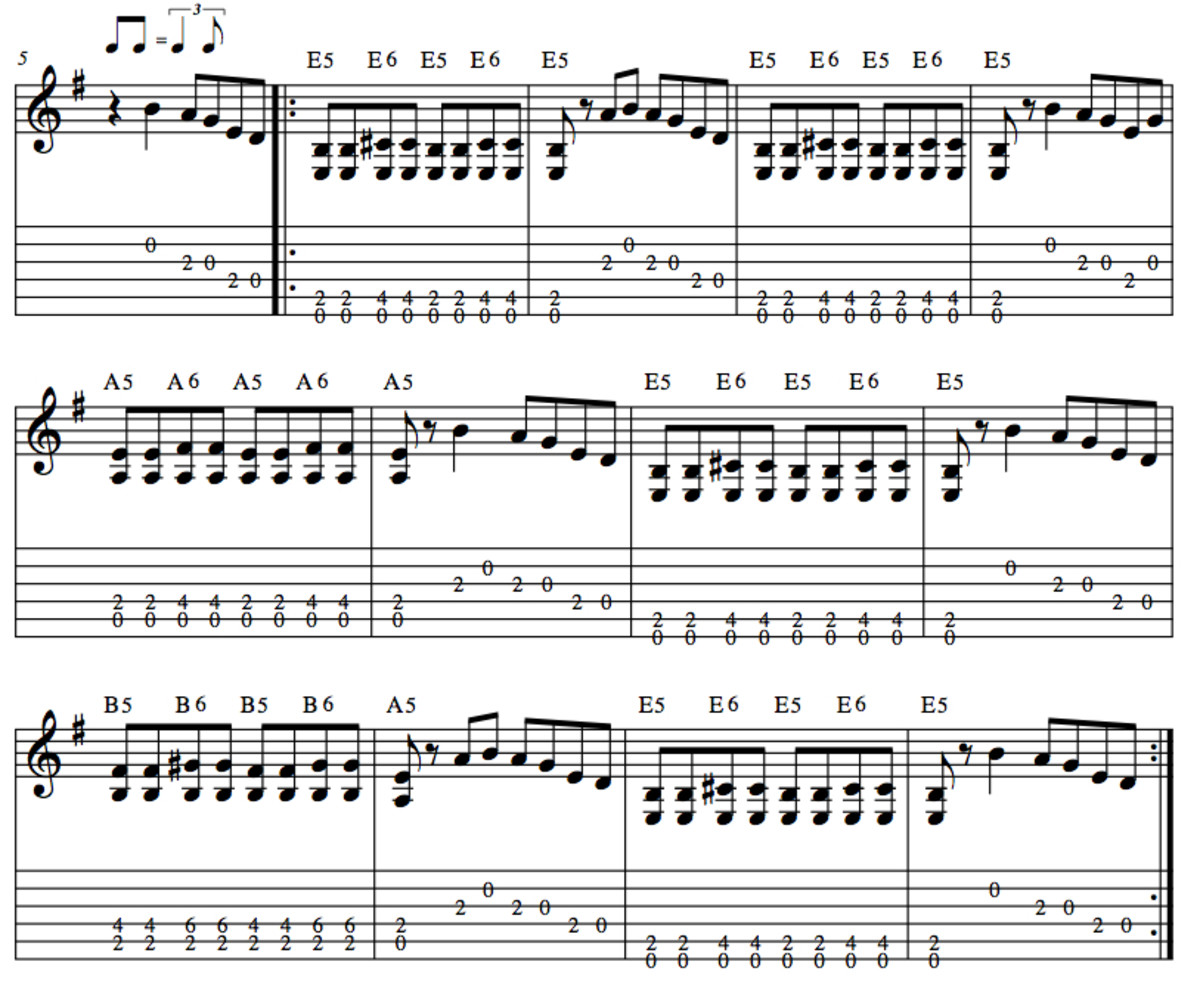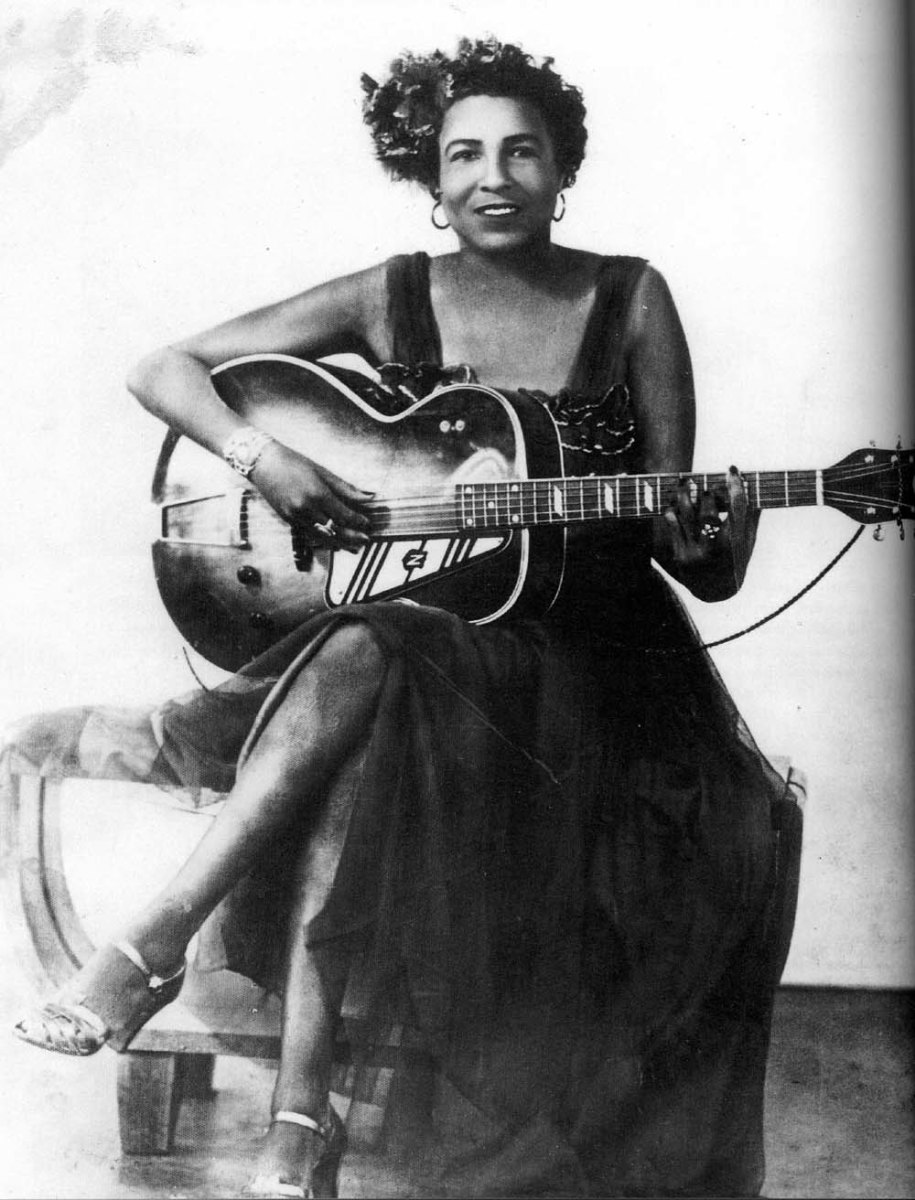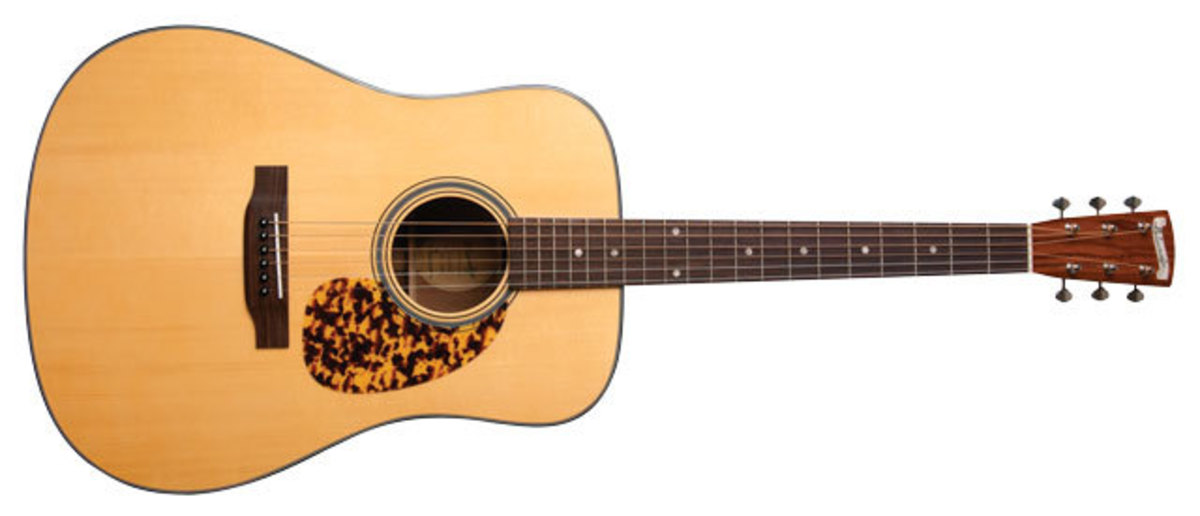Play Guitar - Blues
Chord chart
You can play the chords, or the riffs shown, or combine the two approaches. It's very easy to memorize the chord pattern, and you should always do this first.
First example, 12 Bars long, major blues.
Every vertical line is a bar line, so strum 4 times for each bar. When you move to the A7 chord, don't play string 6, as you want an A at the bottom of the chord, string 5. You could replace the chord with the riff shown below in guitar tab. So 4 riffs for the 4 bars of E7, then move the same pattern across a string for the A7 chord.
4 riffs E7
2 Riffs A7
2 riffs E7, then the rest of the chords as normal.
(for info on tab, see my other hub Guitar Tabs - how to use them)
The chords and the riffs are interchangable, though it's a bit harder to play. The notes of the blues scale also work anywhere- so you could play an E7 chord, then some lead lines, then the riff. Just remember where you are in the progression - not that that bothered many early Delta blues players!
This idea is used in countless early rockabilly and blues tunes, and can be found in many funk and pop tunes too.
For more advanced blues riffs, see my hub Guitar Blues Riffs, which is a follow-on article.
Basic 12- Bar blues
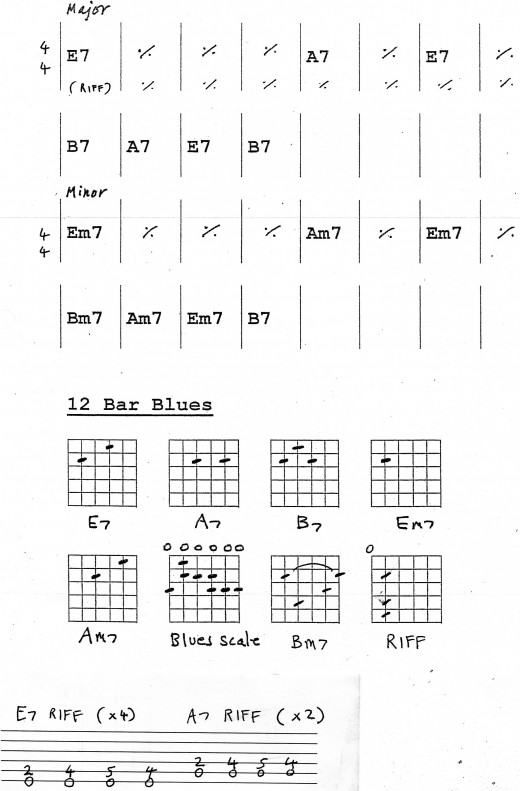
Minor 12-Bar
The second example is a minor 12-bar - note that the sequence is almost exactly the same, just the 7th chords change to minor 7th chords. This creates a more sombre mood, but it's great for improvising. The blues scale I've written out works for both types of blues. Try a non-standard fingering, using your first finger most of the time, with pull-offs to the open strings.You can bend notes too, especially the 3rd fret on strings 1 and 6.
The last chord is a B7, also B7 sharp 9 works well, which just adds a D to the chord.
Why not try howling along? While sitting on your front porch, with the evenin' sun goin' down. Always goes down well with the neighbours.
The Quick-change Blues
A very common variation is the Quick-change blues. All you do is replace bar 2 with A7 instead. other than that, it's exactly the same, you reach bar 12 and then the whole sequence starts again.
A good example would be Sweet home Chicago by Robert Johnson, as used in the Blues Brothers film. Arguably, this was almost rock, although it was recorded in the 1930s, and it must have influenced the development of rockabilly from 1954.
Listening
Check out BB King, Robben Ford, Gary Moore for great examples of blues playing. Easy to find on youtube.

